Seeing you seeing me: How British artists portrayed each other in the 20th and 21st centuries
The 'Seeing Each Other: Portraits of Artists' exhibitions comprises paintings, prints, drawings, photography, sculpture and installation spanning 125 years.


Mary McCartney's double-take-worthy photograph of Dame Tracey Emin posing as Frida Kahlo is among 150 works that make up Seeing Each Other: Portraits of Artists, which opens at Pallant House Gallery in Chichester on May 17 (until November 2).
The exhibition looks at the ways artists working in Britain portrayed each other during the 20th and 21st centuries, a cosy kind of subject with themes of admiration, rivalry, emulation, inspiration and identity. Paintings, prints, drawings, photography, sculpture and installation spanning 125 years are included, covering, as well as homages, the friendships and romantic relationships that so often spark creativity, in circles from Bloomsbury via the Newlyn School to the BLK Art Group and the YBAs.
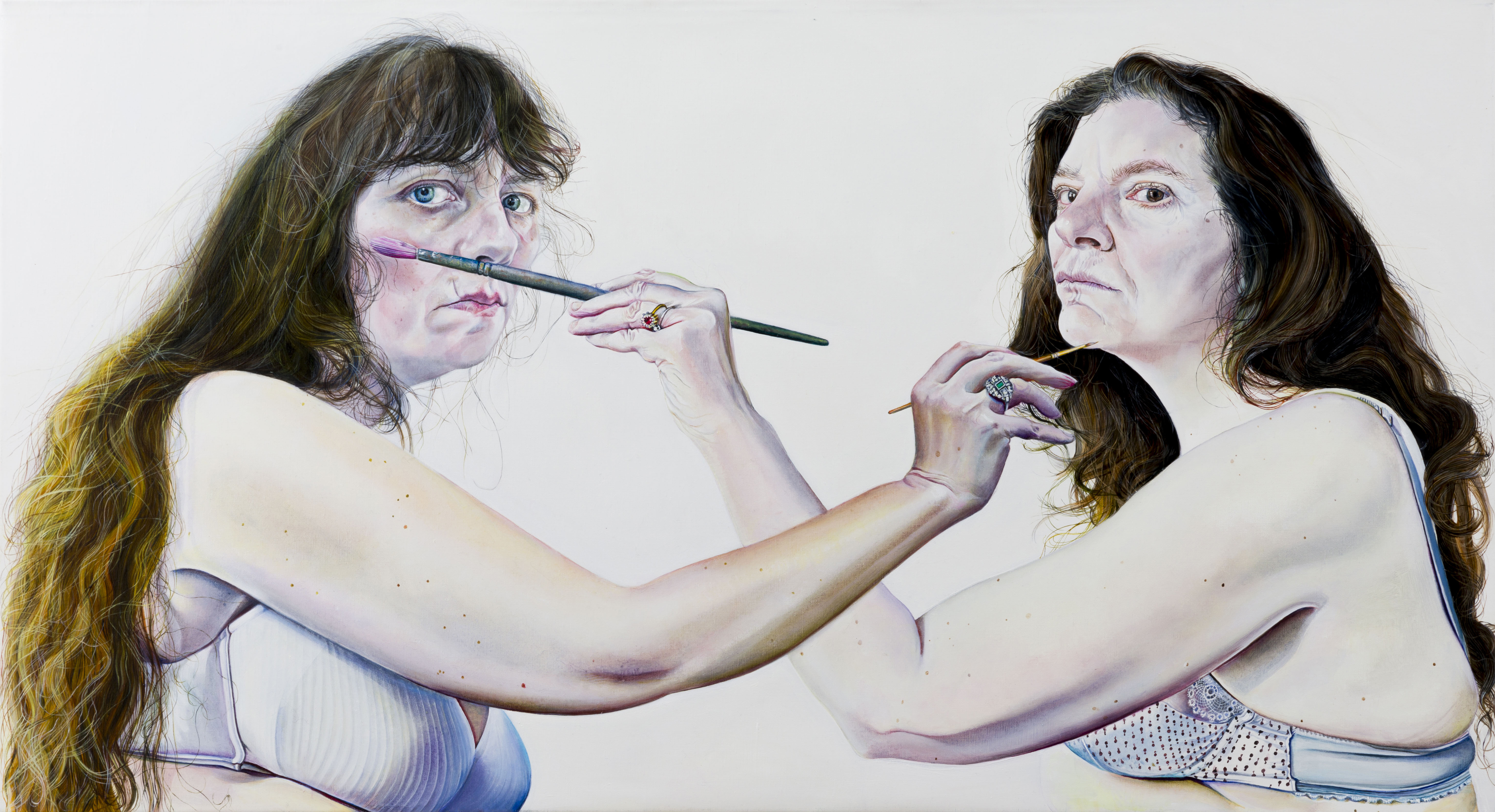
Two Painters by Ishbel Myerscough, one of the works on show at the Pallant Gallery.
Other highlights include Morning (1916), a group portrait by Gladys Hynes exploring the community of artists working in Lamorna, Cornwall; Christopher Wood’s The Fisherman’s Farewell (1928), depicting Ben and Winifred Nicholson and child; Eric Ravilious’s 1930 portrait of Edward Bawden in his studio; The Slade Tea Party (below) by Seóirse MacAntsionnaigh (an artist born George Fox, whose chosen Irish name means ‘George, son of a fox’), which features fellow Slade students Mary Adshead and Eileen Agar — the latter is depicted in a 1937 photograph by Lee Miller; Michael Andrews’s The Colony Room (1962), featuring Francis Bacon, Lucian Freud, John Deakin and others in ‘one of London’s most famous drinking haunts’; and Turner Prize-winner Lubaina Himid’s Vernet’s Studio (1994) — 26 life-size cut-outs of her heroines and friends, such as 18th-/19th-century French portraitist Élisabeth Vigée-Le Brun, Kahlo and BLK Art Group founding member Claudette Johnson.
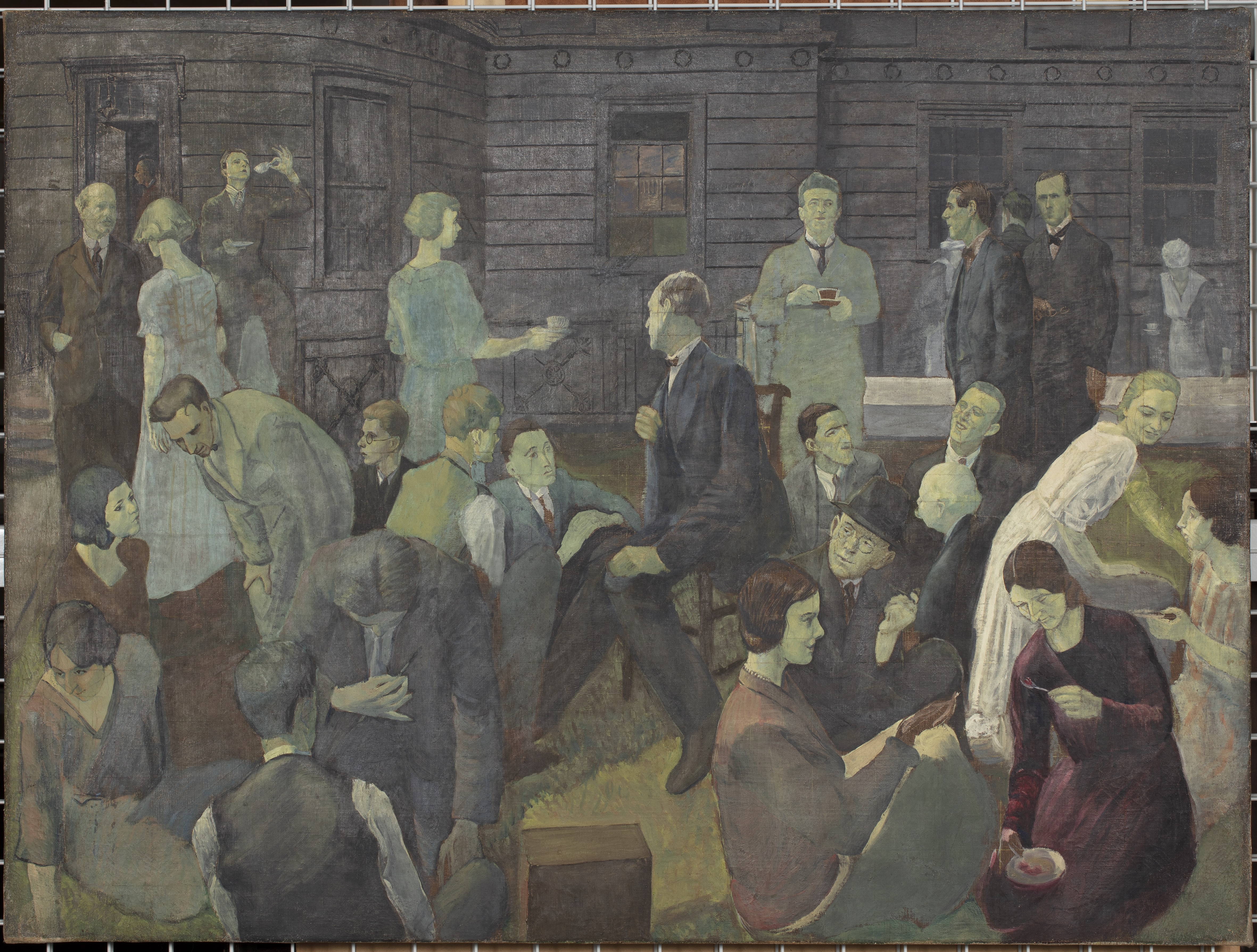
The Slade Tea Party (1924) by Seóirse MacAntsionnaigh.
In a world in which the rapid rise of social media has had a lasting generational impact on self-image, the way artists view each other, and indeed themselves, as subjects, offers greater depth. ‘Historically, portraiture has been for people of certain means and status a tool for elevating that status. But here we show a different process: image makers making images of other image makers,’ explains Melanie Vandenbrouck, chief curator at Pallant House Gallery.
‘A kind of knowing dialogue or collaboration comes into play. When the sitter is also an artist, with, say, their own understanding of composition, the importance of the gaze and history of art, you get a sense [of] a mutual understanding: the sitter with a greater involvement than they might otherwise have had, and the maker perhaps being given greater room for experimentation.’ Bacon, Dame Tracey, Henry Moore and Nina Hamnett are the artists most represented in the exhibition, she adds, ‘which shows how charismatic they have been and continue to be for their contemporaries and beyond’.
Visit the Pallant website for more information.
Sign up for the Country Life Newsletter
Exquisite houses, the beauty of Nature, and how to get the most from your life, straight to your inbox.
Annunciata grew up in the wilds of Lancashire and now lives in Hampshire with a husband, two daughters and an awful pug called Parsley. She’s been floating round the Country Life office for more than a decade, her work winning the Property Magazine of the Year Award in 2022 (Property Press Awards). Before that, she had a two-year stint writing ‘all kinds of fiction’ for The Sunday Times Travel Magazine, worked in internal comms for Country Life’s publisher (which has had many names in recent years but was then called IPC Media), and spent another year researching for a historical biographer, whose then primary focus was Graham Greene and John Henry Newman and whose filing system was a collection of wardrobes and chests of drawers filled with torn scraps of paper. During this time, she regularly gave tours of 17th-century Milton Manor, Oxfordshire, which may or may not have been designed by Inigo Jones, and co-founded a literary, art and music festival, at which Johnny Flynn headlined. When not writing and editing for Country Life, Annunciata is also a director of TIN MAN ART, a contemporary art gallery founded in 2021 by her husband, James Elwes.
-
 Ford Focus ST: So long, and thanks for all the fun
Ford Focus ST: So long, and thanks for all the funFrom November, the Ford Focus will be no more. We say goodbye to the ultimate boy racer.
By Matthew MacConnell
-
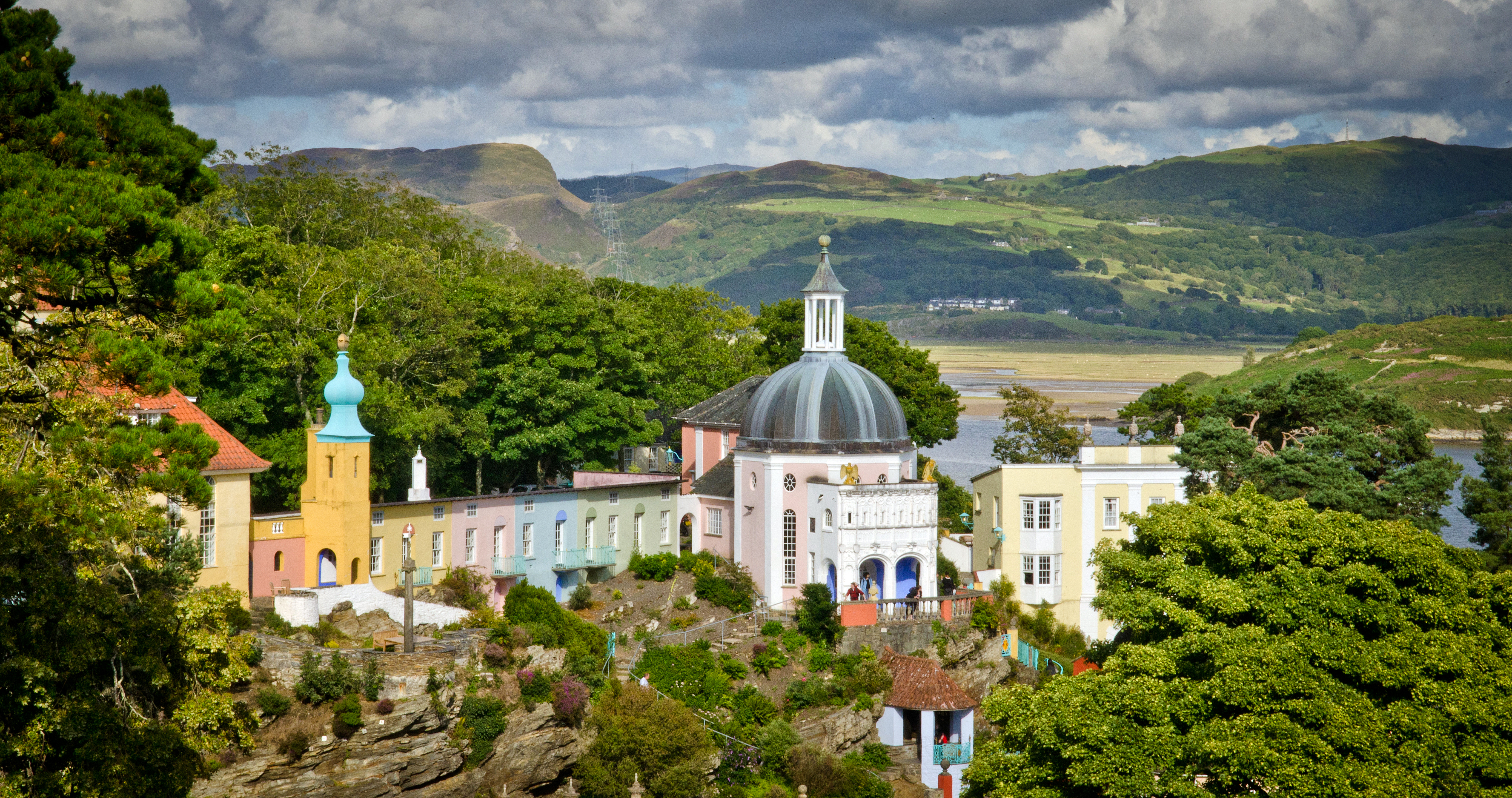 ‘If Portmeirion began life as an oddity, it has evolved into something of a phenomenon’: Celebrating a century of Britain’s most eccentric village
‘If Portmeirion began life as an oddity, it has evolved into something of a phenomenon’: Celebrating a century of Britain’s most eccentric villageA romantic experiment surrounded by the natural majesty of North Wales, Portmeirion began life as an oddity, but has evolved into an architectural phenomenon kept alive by dedication.
By Ben Lerwill
-
 Ford Focus ST: So long, and thanks for all the fun
Ford Focus ST: So long, and thanks for all the funFrom November, the Ford Focus will be no more. We say goodbye to the ultimate boy racer.
By Matthew MacConnell
-
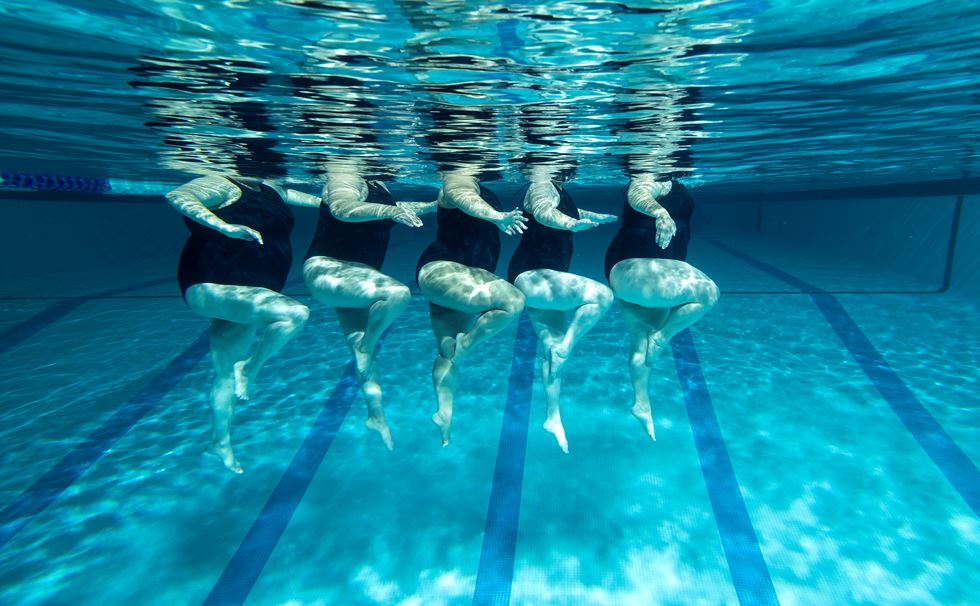 Splash! A Century of Swimming and Style: A whistle-stop history, from the Roman Baths to Hampstead Heath
Splash! A Century of Swimming and Style: A whistle-stop history, from the Roman Baths to Hampstead HeathEmma Hughes dives into swimming's hidden depths at the Design Museum's exhibit in London.
By Emma Hughes
-
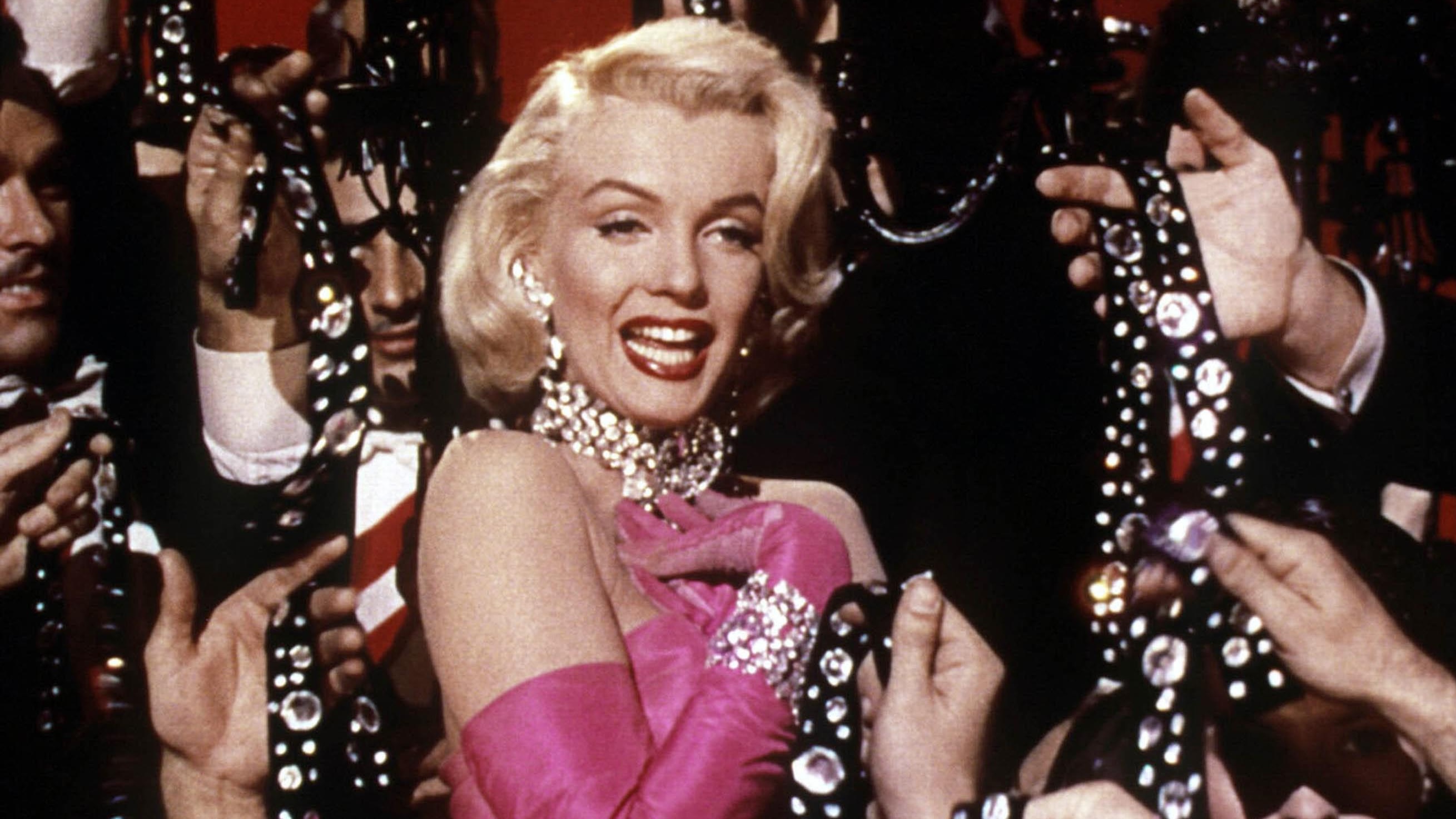 Diamonds are everyone's best friend: The enduring appeal of one of Nature's sparkliest treasures
Diamonds are everyone's best friend: The enduring appeal of one of Nature's sparkliest treasuresEvery diamond has a story to tell and each of us deserves to fall in love with one.
By Jonathan Self
-
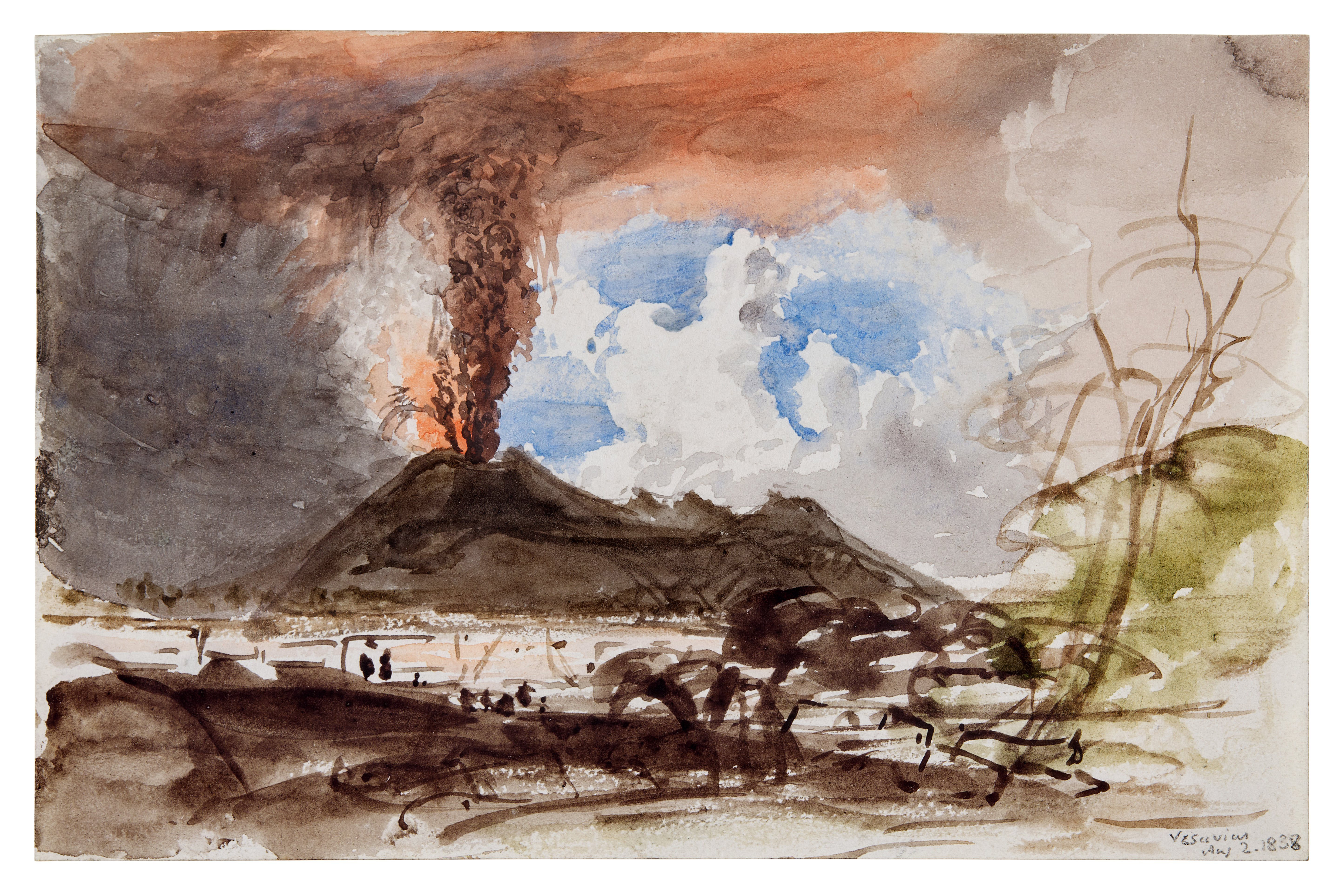 From Vinted to Velázquez: The younger generations' appetite for antiques and Old Masters
From Vinted to Velázquez: The younger generations' appetite for antiques and Old MastersThe younger generations’ appetite for everything vintage bodes well for the future, says Huon Mallalieu, at a time when an extraordinary Old Masters collection is about to go under the hammer.
By Huon Mallalieu
-
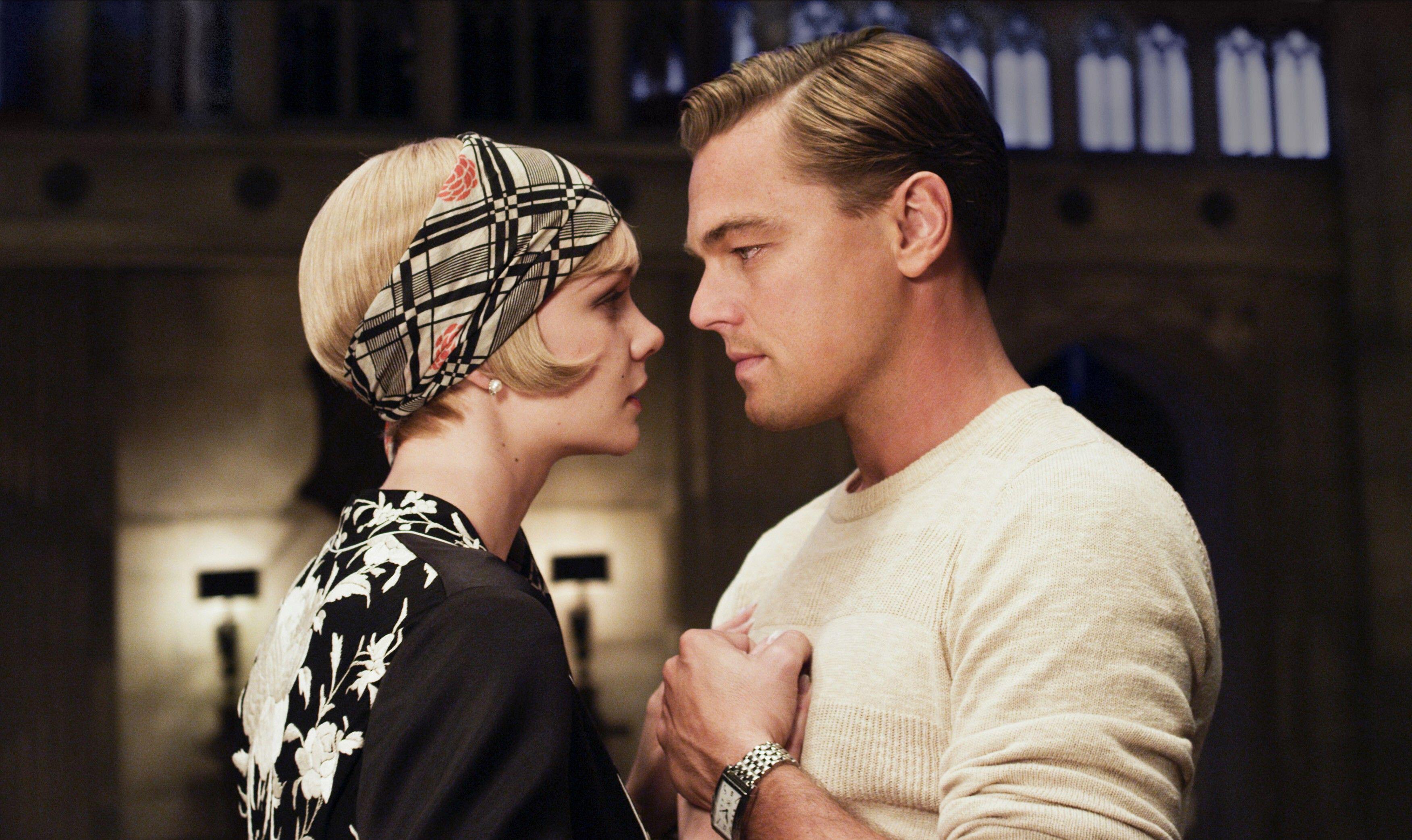 The five minute guide to 'The Great Gatsby', a century on from its publication
The five minute guide to 'The Great Gatsby', a century on from its publication'The Great Gatsby' sold poorly the year it was published, but, in the following century, it went on to become a cornerstone of world literature.
By Carla Passino
-
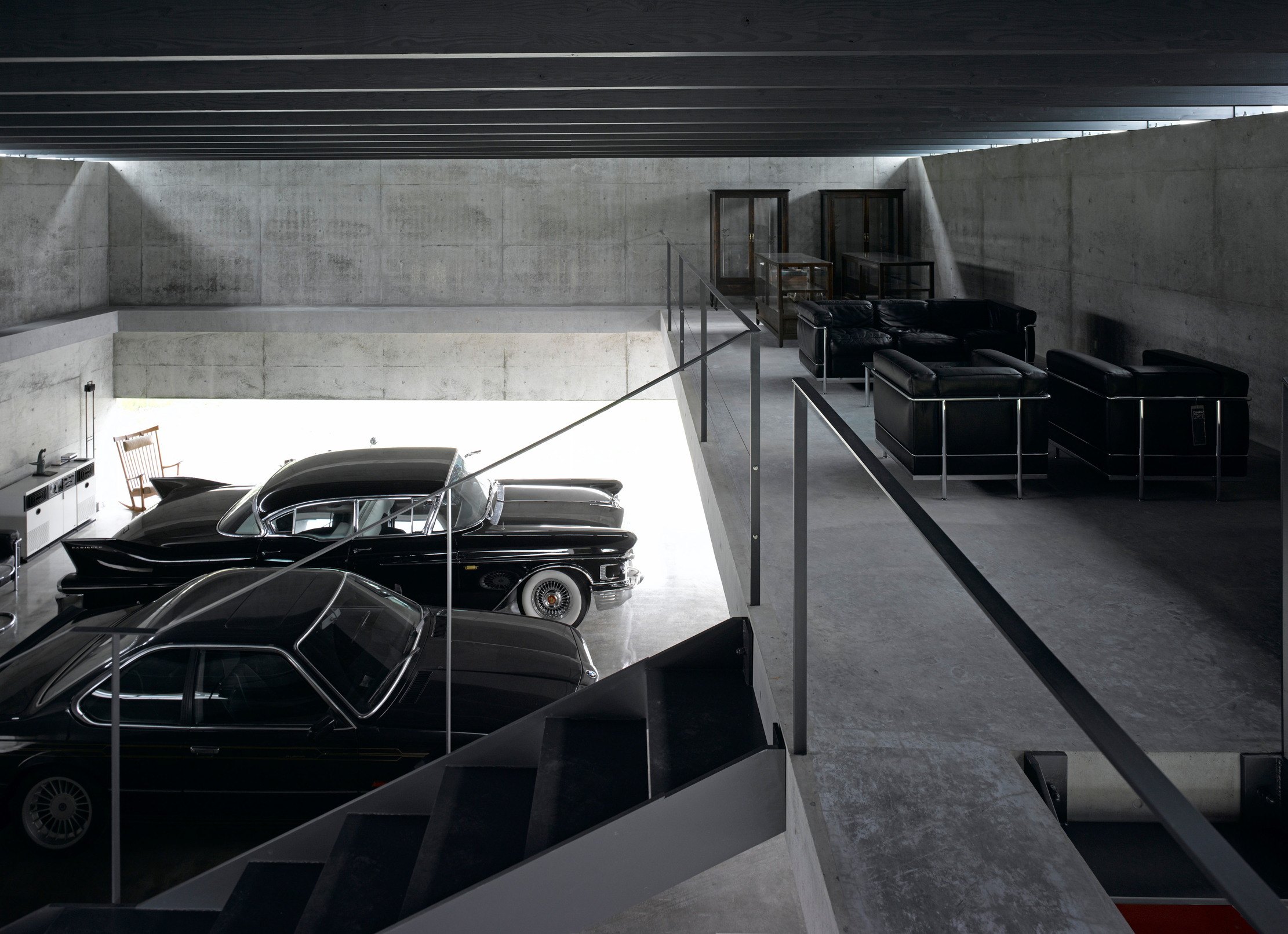 Shark tanks, crocodile lagoons, laser defences, and a subterranean shooting gallery — nothing is impossible when making the ultimate garage
Shark tanks, crocodile lagoons, laser defences, and a subterranean shooting gallery — nothing is impossible when making the ultimate garageTo collectors, cars are more than just transport — they are works of art. And the buildings used to store them are starting to resemble galleries.
By Adam Hay-Nicholls
-
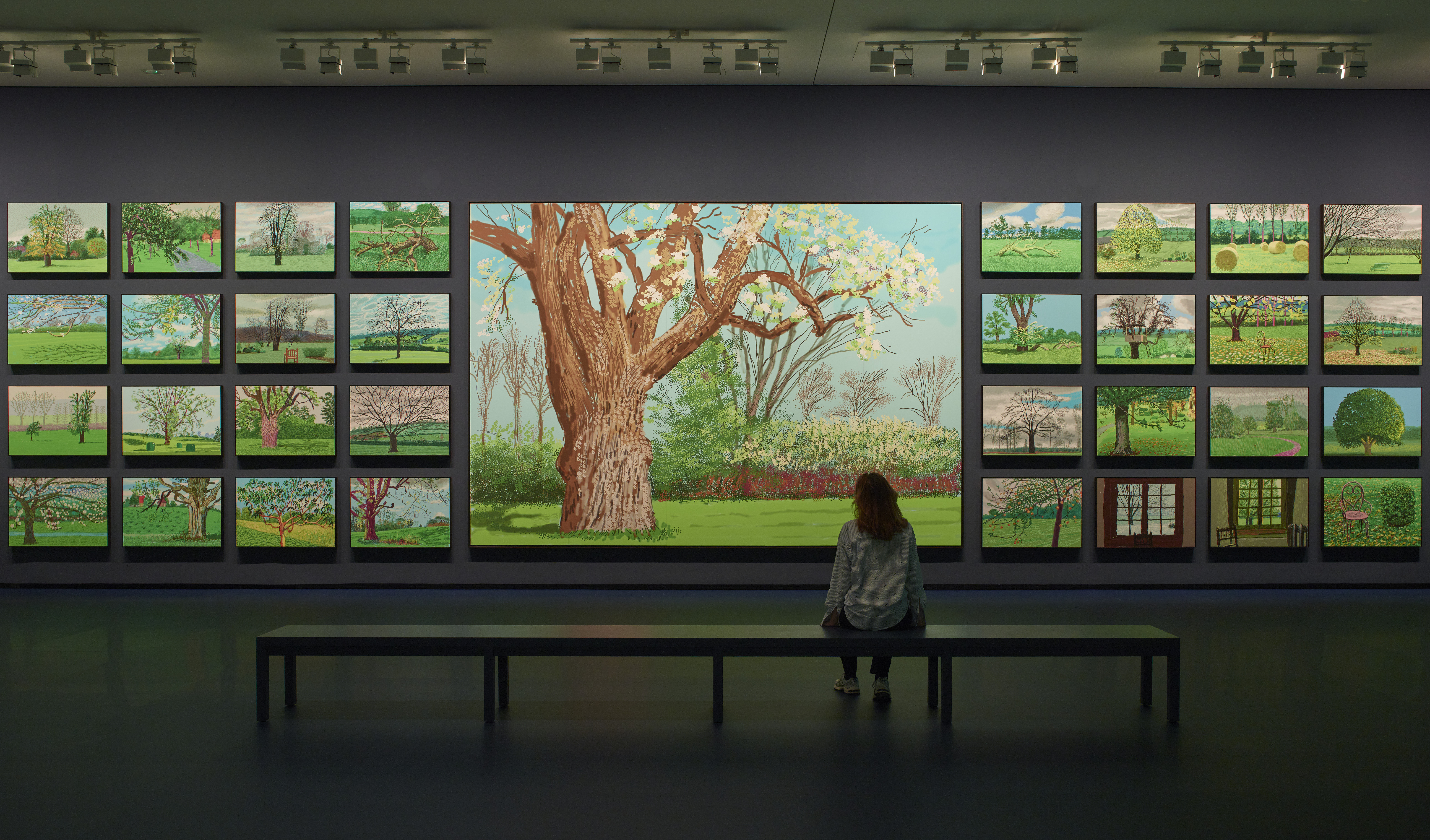 ‘David Hockney 25’ at the Fondation Louis Vuitton: Britain’s most influential contemporary artist pops up in Paris to remind us all of the joys of spring
‘David Hockney 25’ at the Fondation Louis Vuitton: Britain’s most influential contemporary artist pops up in Paris to remind us all of the joys of springThe biggest-ever David Hockney show has opened inside the Fondation Louis Vuitton in Paris — in time for the season that the artist has become synonymous with.
By Amy Serafin
-
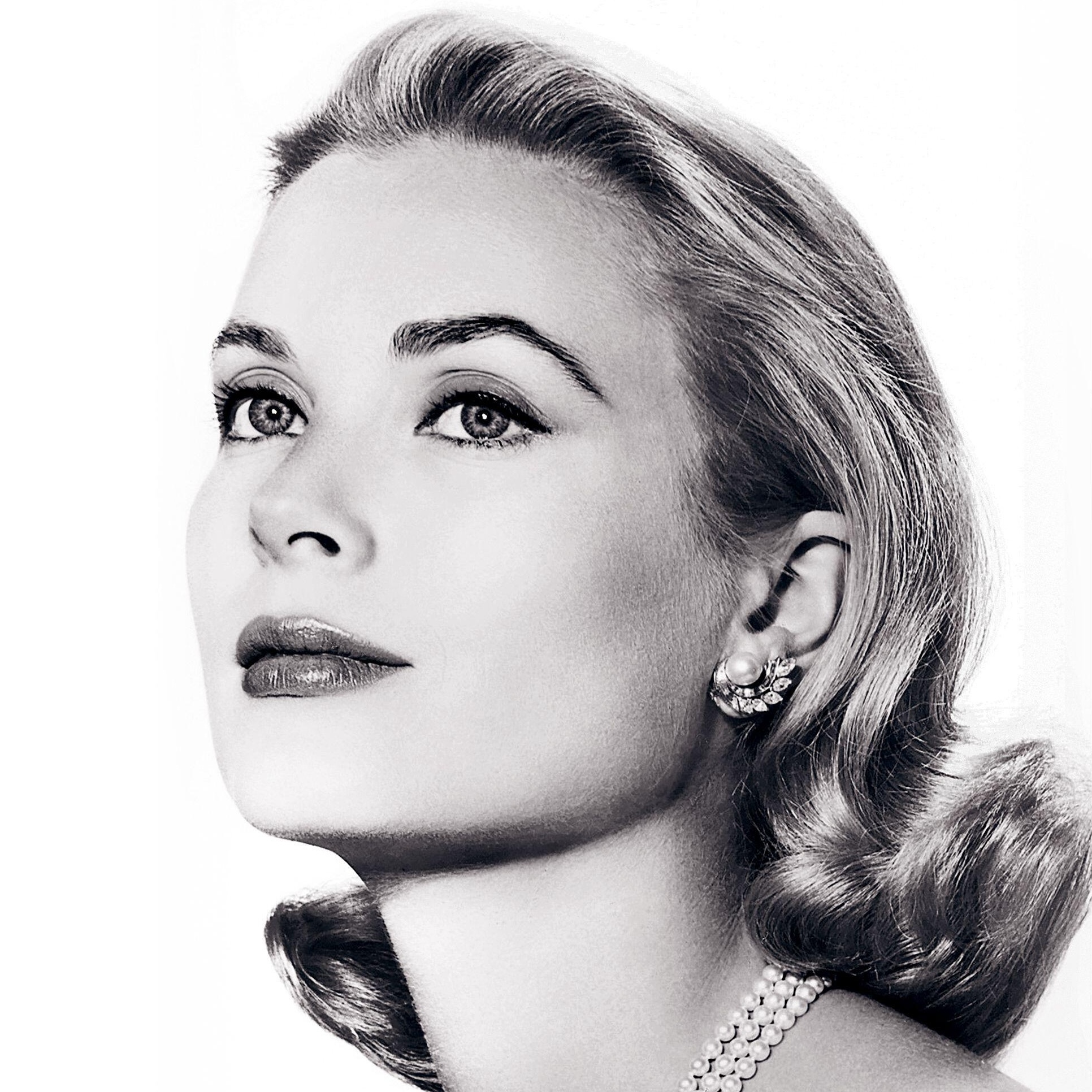 Under the hammer: A pair of Van Cleef & Arpels earrings with an intriguing connection to Princess Grace of Monaco
Under the hammer: A pair of Van Cleef & Arpels earrings with an intriguing connection to Princess Grace of MonacoA pair of platinum, pearl and diamond earrings of the same design, maker and period as those commissioned for Grace Kelly’s wedding head to auction.
By Rosie Paterson